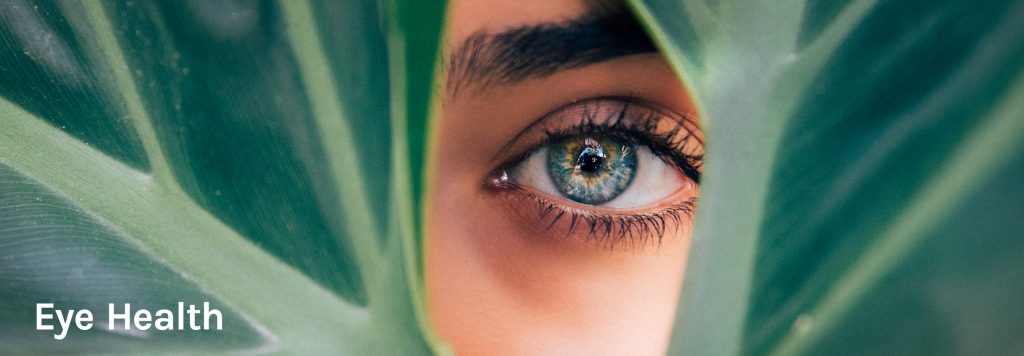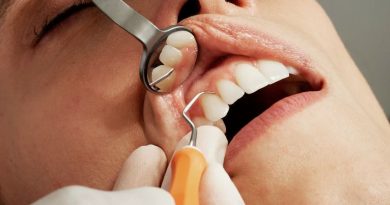Common Eye Problems Associated with Age
Aging is frequently associated with an increased susceptibility to disease. As you age, your eyes change and eye-related problems become more common. So, how exactly does aging affect eye health, and what steps can be taken to maintain eye health as you get older?
Presbyopia
Presbyopia is when it becomes difficult to see small print clearly. Presbyopia is a normal process that affects most individuals over the course of their lifetime. It occurs naturally due to the hardening of the lens inside your eye.
However, most don’t notice any significant change until they reach age 40. Presbyopia occurs gradually and becomes more advanced after age 50. Presbyopia can be easily treated with the help of reading glasses, multifocal contact lenses, or progressive lenses.
Floaters
If tiny specks or spots float across your field of vision, you probably have floaters. Floaters are the most noticeable in well-lit rooms and outside on bright days. Although floaters are normal, they can signal a more serious condition if their onset is sudden and dramatic.
If you notice floaters along with a sudden flash of light or notice a change in the number of floaters you see, visit an optometrist to ensure that it’s not a sign of something more serious.
Dry eyes
Dry eyes occur when tear glands are unable to produce enough tears or cannot produce enough high quality tears. Common signs of dry eyes include redness, dryness, burning, and itching.
To treat dry eyes, doctors recommend running a humidifier in your home or taking eye drops specifically designed to combat dryness. In more severe cases, your optometrist may suggest tear duct plugs, prescription eye drops, or surgery.
Tearing
If you’re sensitive to changes in light, wind, or temperature, you might experience excessive tear production. The best way to prevent tearing is to shield your eyes by wearing sunglasses.
If you continue to experience tearing while wearing sunglasses, you may have a more serious problem, like a blocked tear duct or an eye infection, which should be treated by an optometrist.
Cataracts
In healthy eyes, lenses are clear, which allows light to pass through and hit the tissue at the back of your eye. Cataracts are cloudy areas that cover all or part of the eye’s lens and make it harder for you to see.
It’s important to stay mindful of cataracts as you age, as they often form slowly without pain, redness, or tearing. If you notice cataracts, your optometrist can remove them with surgery and replace the lens with an artificial version.
Glaucoma
Glaucoma affects the eye’s optic nerve and results from too much pressure within your eye. When the flow of watery fluid between your cornea and lens is blocked, fluid and pressure can build up. Glaucoma is one of the more serious eye problems associated with aging, and can lead to permanent vision loss and blindness if left untreated.
Glaucoma is more difficult to catch during early stages, so regular eye exams are necessary. It’s recommended that every person over the age of 50 has regular, comprehensive eye exams in order to avoid potentially serious eye-related problems.
Although aging increases the probability of eye problems, these problems can be experienced at any age. In order to prevent the onset of common eye issues, doctors recommend increasing your vitamin C intake.
Vitamin C is associated with enhanced eye health and a reduced risk for cataracts. Since our bodies don’t create all the vitamin C that we need, make sure to check out a supplement manufacturer for supplements to increase your daily intake.




